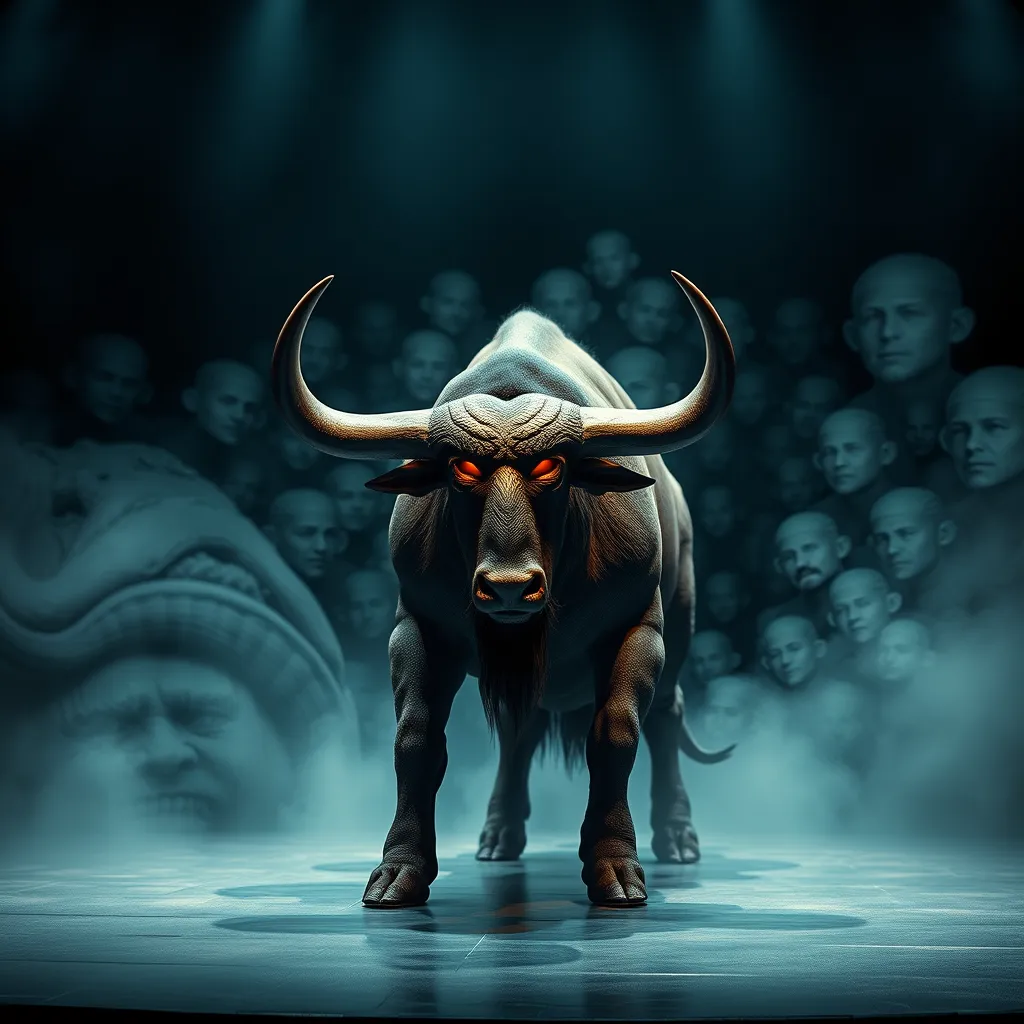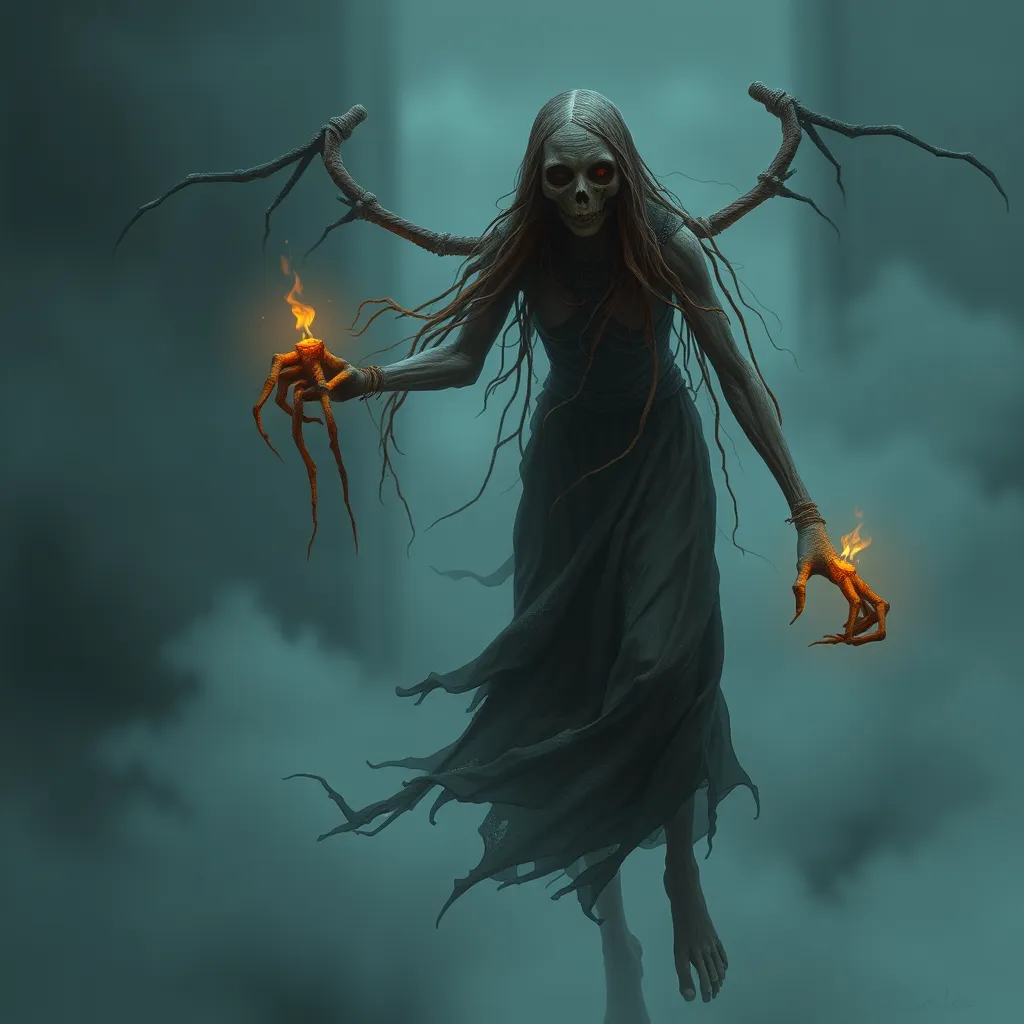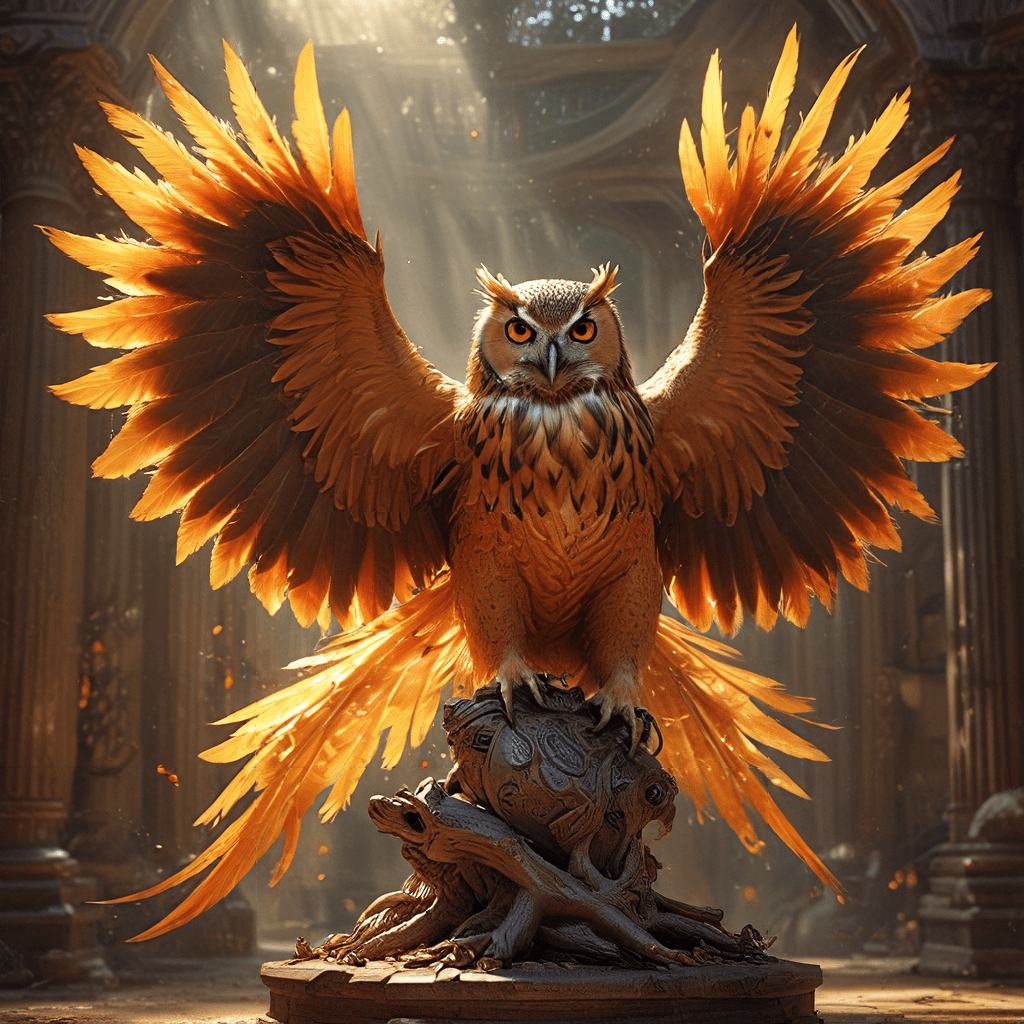The Minotaur on Stage: Exploring the Monster’s Presence in Theatre and Opera
I. Introduction
The myth of the Minotaur, a creature with the body of a man and the head of a bull, has captivated audiences for centuries. Originating from Greek mythology, the Minotaur’s story is one of tragedy, isolation, and the struggle between humanity and monstrosity. This creature, born of unnatural circumstances, serves as a powerful symbol in literature and art, representing various themes such as identity, isolation, and the duality of human nature.
This article aims to delve into the Minotaur’s representation in theatre and opera, exploring how this timeless myth continues to resonate in contemporary performances, while examining its historical roots, thematic elements, and cultural impact.
II. Historical Background of the Minotaur Myth
The Minotaur myth has its origins in ancient Greek mythology, primarily associated with the island of Crete. The creature was conceived from the union of Pasiphaë, the wife of King Minos, and a majestic bull sent by the god Poseidon. As a result of this union, the Minotaur was born and subsequently confined to a labyrinth designed by the architect Daedalus, symbolizing the complexities of human existence.
Over the ages, the story of the Minotaur has evolved, inspiring countless adaptations across various forms of art and literature. From ancient tragedies to modern retellings, the narrative has been reinterpreted to reflect changing societal values and philosophical inquiries. The Minotaur’s impact on cultural narratives is profound, serving as a metaphor for the deepest fears and desires of humanity.
III. The Minotaur in Classical Theatre
In classical theatre, the Minotaur has been a compelling figure in early adaptations of Greek plays. Notably, the themes of fate, sacrifice, and the struggle against one’s nature are prevalent in these works. The tragic heroism of Theseus, who ventures into the labyrinth to confront the Minotaur, exemplifies the eternal battle between good and evil.
- Analysis of early adaptations: Ancient playwrights like Euripides and Sophocles explored the Minotaur’s narrative, emphasizing the moral implications of monstrosity and the human condition.
- Modern reinterpretations: Contemporary theatre has embraced the Minotaur myth, often reimagining the creature’s story to reflect modern anxieties, such as alienation and the search for identity.
The themes and motifs associated with the Minotaur in dramatic literature often revolve around the clash between civilization and savagery, the quest for self-discovery, and the confrontation with one’s inner demons.
IV. The Minotaur in Opera: A Musical Exploration
Opera has also seen various adaptations featuring the Minotaur, showcasing the creature’s dramatic narrative through the power of music. Composers have utilized the operatic form to explore the emotional depth of the Minotaur’s story, creating works that resonate with audiences on multiple levels.
- Overview of operatic adaptations: Notable operas, such as “The Minotaur” by Harrison Birtwistle, delve into the psychological and emotional aspects of the Minotaur and its labyrinth.
- Key composers and works: Composers like Benjamin Britten and André Jolivet have also interpreted the Minotaur myth, each bringing unique musical perspectives to the narrative.
The musical representation of the Minotaur’s character often reflects its inner turmoil and the thematic elements of isolation, struggle, and the search for acceptance, creating a powerful auditory experience for the audience.
V. Thematic Elements of the Minotaur in Performance
The Minotaur’s narrative is rich with thematic elements that explore identity, monstrosity, and the human condition. The creature embodies the duality of existence, representing the conflict between our civilized selves and our primal instincts.
- Exploration of identity: The Minotaur serves as a metaphor for the struggle to define oneself amidst societal expectations and norms.
- Isolation and duality: The labyrinth symbolizes isolation, while the Minotaur itself embodies the duality of human nature—both beastly and human.
- The role of the labyrinth: As a narrative device, the labyrinth represents the complexities of life and the journey of self-discovery.
VI. Visual and Aesthetic Interpretations
The visual interpretation of the Minotaur in theatre and opera is crucial for conveying its thematic depth. Set design and staging play a significant role in immersing the audience in the labyrinthine world of the Minotaur.
- Set design: The labyrinth is often depicted with intricate designs and shadows, creating a sense of foreboding and mystery.
- Costume design: The physicality of the Minotaur is emphasized through costume choices, often blending human and animal elements to highlight its hybrid nature.
- Impact of visual storytelling: The combination of visual and auditory elements enhances the audience’s emotional engagement, shaping their perception of the Minotaur and its plight.
VII. Reception and Cultural Impact
The reception of Minotaur-themed productions has varied, reflecting the evolving perceptions of monstrosity and the human condition. Audience responses often reveal a deep empathy for the Minotaur, challenging traditional notions of good versus evil.
- Audience responses: Many viewers resonate with the Minotaur’s struggles, seeing it as a reflection of their own fears and insecurities.
- Critical analysis: Scholars and critics have explored the Minotaur’s role in contemporary discourse, considering its implications for discussions around identity, mental health, and societal norms.
- Influence on modern interpretations: The Minotaur continues to inspire artists, writers, and performers, influencing modern interpretations of monstrosity in the arts.
VIII. Conclusion
In summary, the Minotaur’s significance in theatre and opera is profound, reflecting humanity’s ongoing exploration of identity, monstrosity, and the complexities of the human experience. As a symbol, the Minotaur remains relevant, resonating with audiences in contemporary performances.
Reflecting on the ongoing relevance of the Minotaur myth, it is clear that its themes are timeless, addressing the fundamental struggles of existence that continue to challenge us today. Future directions for the exploration of the Minotaur in the performing arts will likely delve deeper into these themes, ensuring that this ancient narrative remains a vital part of our cultural discourse.



